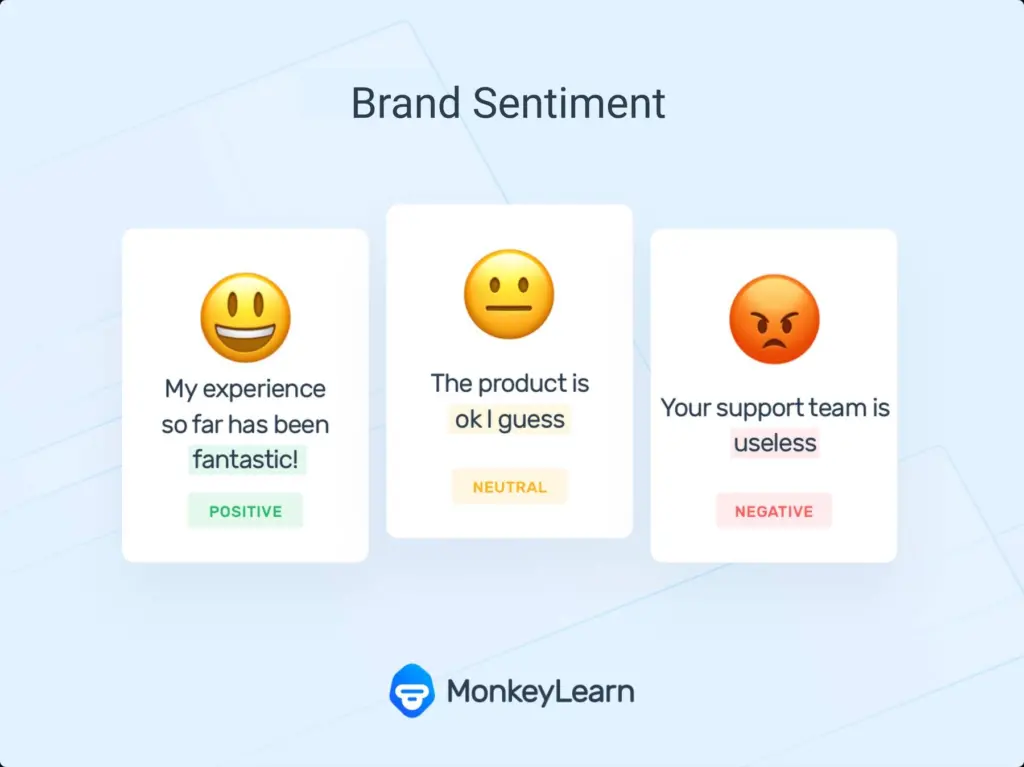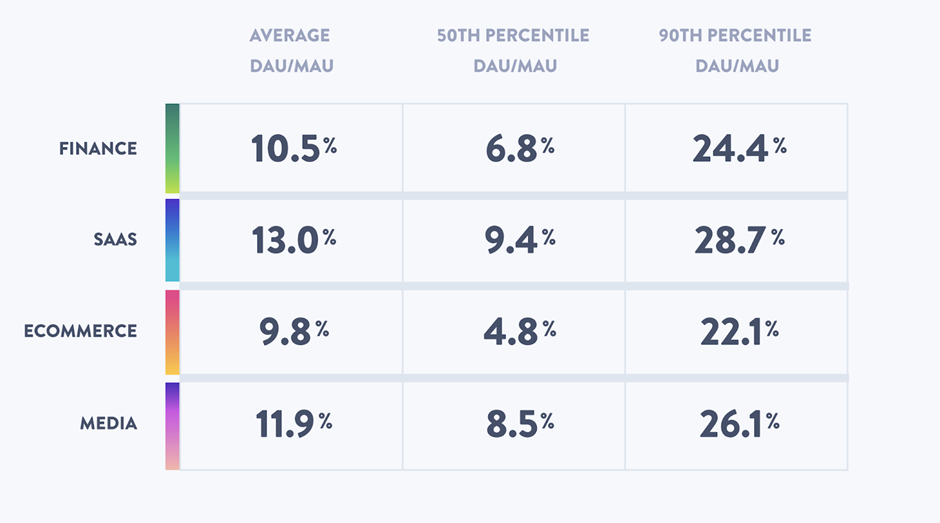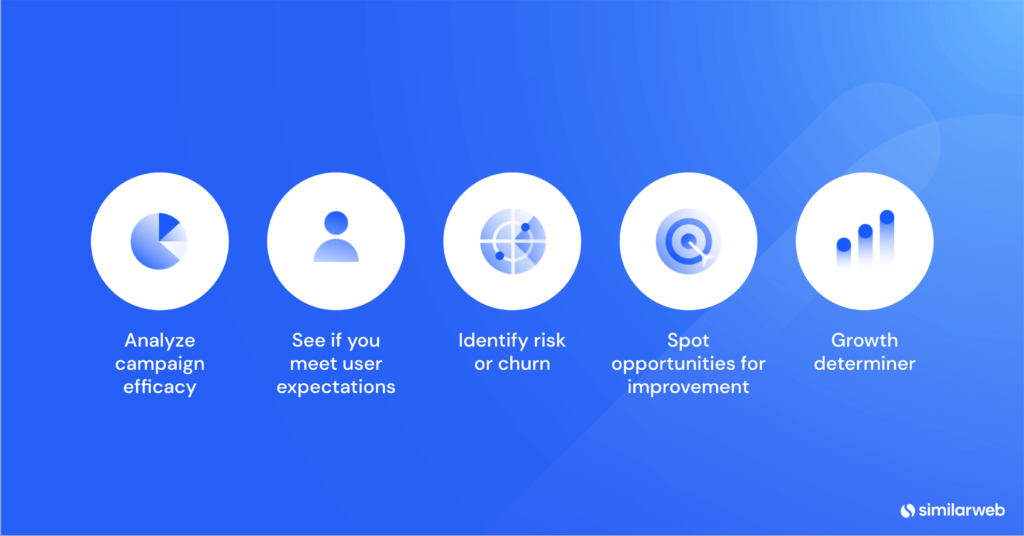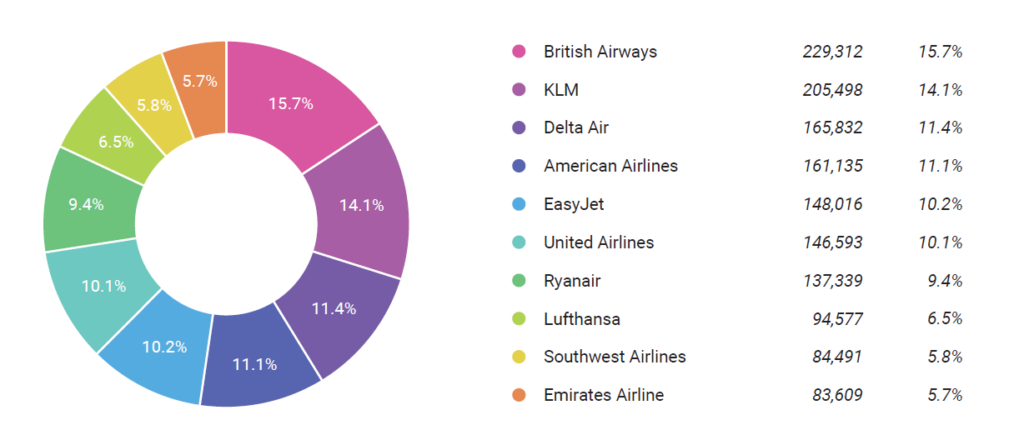Social SEO Metrics to Embrace in 2024 Instead of Website Traffic

AI based search engines digest and regurgitate third party content.
Why is that a problem for publishers or website owners?
AI search does not usually lead searchers to sources.
Thus we need new metrics to measure Web success.
Will Traffic and Even Websites Go the Way of the Dodo?
The dodo was a land based bird that was unable to fly and never met any predators prior to the arrival of people from the West.
Once colonists arrived it neither could fly away nor did it even try to run.
It went extinct pretty quickly given its inability to adapt to the new circumstances of hunters going after it.
A similar issue may affect online publishers and website owners in the near future.
Their content may get gobbled up by Google and Bing AI and be shown as “original content” to searchers looking for solutions.
In simple terms ages old metaphors like “Web sites” and “Web traffic” may become completely meaningless very soon in 2024.
In fact the traffic metaphor was mostly a vanity metric for years already and the “website” ceased to be the only tenet of an online presence long ago.
So what can we measure to find out how our content and brand messaging is performing all over the place in an online world not limited to specific sites?
Luckily we already have many more advanced business or social SEO metrics.
These metrics allow us to assess the value of our online efforts across the Web without getting stuck on particle places.
What to Measure instead of “Website Traffic” in 2024?
Treat this post as a type of brainstorming.
I do not suggest that some metrics are better than others.
Also I do not tell you which ones are the most important from 2024 on. Thus I list them alphabetically.
You can choose your favorites depending on your specific business requirements and organic reach approach.
Do you rather focus on specific social media, content types or your own website?
Depending on those and other factors the best metrics are ideally matching your goals.
Brand Sentiment

Usually businesses measure the sheer number of mentions “and the likes” (pun intended).
Yet often the type of attention you get may be not as desirable as you think.
Sure, “any publicity is good publicity” to some extent as the old saying goes.
Yes, online even angry comments lead to more views by way of algorithms that reward sheer engagement.
Yet sometimes the backlash may be too much of an issue and backfire by damaging your reputation.
Thus large corporations have been using more advanced social listening tools to determine the sentiment behind those mentions and engagement. Why?
Brands want to find out what people think about them! Luckily brand sentiment analysis is undertaken automatically by advanced social listening tools.
They use simple linguistic models to check whether negative terms are used in connection with your brand.
I refer to it brand sentiment for the sake of context as sentiment analysis might sound a bit out of place in a business context.
What these metrics have in common is that they usually don’t depend on a single site, be it yours or a third party service (like social media).
Of course I can’t really dive deep into brand sentiment analysis here.
Thus you are highly advised to read more about it on these third party sites:
- What Is Brand Sentiment? (+ 9 Ways To Boost It) – Brand Master Academy
- Track Brand Sentiment – Why It’s Important – MonkeyLearn
- Brand Sentiment Analysis – A Complete Guide to Cater Your Audience in 2024 – Socialinsider Blog
- Harnessing brand sentiment and the power of perception – qualtrics
- How To Master Brand Sentiment Analysis – Beginner’s Edition – Keyhole
Daily Active Users

Those who run a social network, app or service that relies on returning visitors and users often track the daily active users (DAU) number.
Tracking sheer members who are often lurkers or downright inactive would be misleading in contrast. That way ghost town services would still be popular on paper.
It might be a good idea to count the daily active users in your store as well.
Returning visitors who pursue your new products might come back sooner or later e.g.
Also daily active users could be people talking about your product on the Web in general.
Just imagine Tesla drivers talking about their shiny new toy or how they travel in Norway using an EV?
Wouldn’t it be helpful to know whether the same people are actively engaging with our brand on a regular basis or even daily?
It would certainly be a success metric and prove the high retention “stickiness” of your brand given such a faithful audience of true fans.
Also the DAU number can give you insightful hints as how to optimize your site and offering.
A large number of DAUs with no (additional) sales might mean you have some issues.
Maybe tweaking the pricing will help then or offering some incentives.
In the worst case you check out process is faulty or broken so that people can’t buy.
Luckily Google Analytics 4 also track daily active users so you don’t need any more advanced tools to track it on your website.
Again I can’t give you a full introduction into the daily active users metric so make sure to read the articles from the experts below:
- What is Daily Active Users? What is the formula and why it is important – Alexander Jarvis
- What are daily active users and what is a good DAU? – LogRocket
- Guide to Understanding Daily Active Users (DAU) – WallStreetPrep
- Guide to calculating daily active users: How to analyze DAU & avoid common mistakes to reduce churn – paddle
- Daily Active Users (DAU) – Definition, Examples & Tips – AgencyAnalytics
Engagement Rate

Most social media sites offer simple ways of measuring the number of views or impressions.
These metrics are often very superficial and do not mean that actual people have seen your content.
These impressions are often just potential views as in “your content appeared on the screen”.
A person viewing the screen at a given moment might have seen your update or message. Yet s/he also might have completely overlooked it. It’s even more likely.
The only safe way to make sure that someone has seen your content is an actual interaction.
This might be a simple reaction like a like or a love (heart) but it gets even easier.
Sites like Instagram or Pinterest measure whether you have clicked or enlarged a preview thumbnail e.g.
There are many ways to pinpoint engagement and compare it to the overall number of impressions or views.
When out of 100 presumed users only 1 engaged with your content you have a 1% engagement rate.
This might sound really bad but in some cases the actual rate is even way below that.
There are many ways to optimize your content and calls to action for organic reach though.
In any case, the engagement rate is a reliable metric that tells you much more about the actual reach you have.
Yes, engagement rate is pretty common by now and GA4 also supports it!
Despite that I suggest to learn more about it from the articles listed below:
- What is Engagement Rate? How to Calculate It – Barker
- What is a Good Engagement Rate on Social Media? – Brandwatch
- Engagement Rate Calculator + Guide for 2024 – Hootsuite
- How to Calculate Engagement Rate Effectively – similarweb Blog
Share of Voice

Large corporations have the means to track the so-called share of voice by comparing the number of mentions to that of their competitors.
So let’s assume there are not that many competing brands, products, services or systems.
You can measure the percentage of the people who talk about you vs the one talking about the others.
Let’s say out of 100k people talking about smartphones, 60% mention Android and 40% the iPhone and you represent Apple then the share of voice is probably 40%.
Of course this is a crude approximation yet you get the point.
Even without people visiting your website, buying the product or engaging with you directly you can measure your overall impact.
How? You can track share of voice by counting sheer mentions and putting them into perspective with the overall market.

Sure, this might sound like a vanity metric as long as you don’t sell anything!
Yet it’s a far cry from mere traffic where you simply measure people driving by your site.
The people who mention you out of their own accord are probably even more valuable as potential brand evangelists.
Share of voice is a pretty complex metric so this short introduction can’t really cover it comprehensibly. Make sure to visit the appropriate guides from industry publications:
- The Beginner’s Guide to Share of Voice – Hubspot
- Share of voice: What it is and how to measure it – Sprout Social
- Share of Voice: What It Is, Why It Matters & How to Measure It – Search Engine Journal
- What Is Share of Voice & How to Calculate It? Tools & Tips – mentionlytics
- Share of Voice: What Is It and How To Measure It in 2023 – PostBeyond
What Else is There to Measure?
The metrics above enable you to measure online success even before someone approaches you or buys your products.
This way you know what happens and how your efforts to increase organic reach beyond pay per click ads fare.
Indeed some kind of ads (think TV commercials, billboards or print media ads) can have an impact on online conversations that you can track this way.
The legacy traffic metric might not disappear over night.
Some people will still visit your website even if Google obfuscates sources completely.
Yet it’s a good idea to start measuring your online impact beyond website traffic in an AI search era when both become less and less the norm.
Said that it’s also still a good idea to measure
- conversions
- sales
- ROI (Return On Investment).
Yet when there is no reason or way to visit your actual site anymore it gets harder to track those.
Why not track metrics that also work on the Web as a whole?
